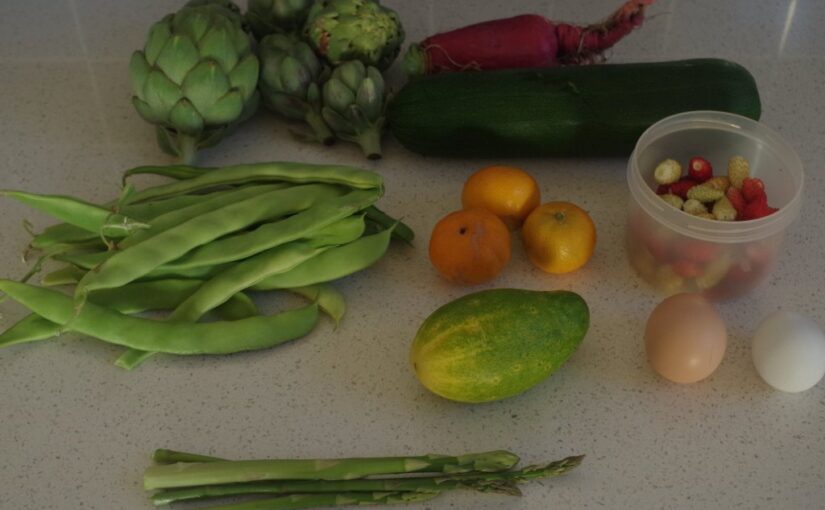A hot Australian summer’s day. We’d knocked off work early. Lunch was calling. Sandra and I jumped into the dirt mouse Suzuki Swift for the short drive to grab a gourmet pie. With the destination being further inland, the heat just feels hotter there. Nabbed a table for two in the shade. Went inside and ordered pies.
Hi. Have you got a chicken and also a lamb pie? Cool. Yeah, those are to have here. I’ll grab a sauce for each too. Thanks!
And so it went. A chicken, leek and bacon pie for me, whilst Sandra had the lamb and rosemary. The pies are served on disposable plates made from I’m guessing some sort of paper pulp. We take our own knives and forks. A person does what they can.
Lesser pies can be consumed using two hands. Unmentionable pies require just one hand. However, there is a certain tried and true method to eating a worthy pie. A fork is used to perforate holes around the circumference of the pastry lid. A deft hand combined with a bit of force, can lever the lid up at right angles to the pie. At this most decisive of points, you have to act quickly. Smoosh down hard on the lid so as to mix it into the essential guts of the pie. Bam! Then strike again! It takes practice and skill not to spill the pie contents over the edge of the pastry sides. Mix the lid into the contents. Add tomato sauce. And you’re onto a winner.
Given the heat, it was nice to have a table under the wide veranda. There’s a lovely grassy area with tables as well, but they were out in the sun. Too hot for us mountain folk. The veranda is separated from the car park by timber railing. Large planter boxes in the car park keep the vehicles even further at bay. It’s a country business, on a country highway, so usually vehicles in the car park move with country sensibility.
The pies were excellent. It’s a sad moment to reach, when you’re nearing the end of a worthy pie. But at that exact moment! What the heck is that? A huge shiny silver vehicle front with a Chevy bowtie was attempting to squoosh into a normal sized car park, which incidentally was closest to Sandra.
I don’t think the planter box and timber railing is going to protect me from that!
If I say run, run! I retorted.
Jokes aside, we kept on eating. The shiny big grill was only slowly inching forward and miraculously stopped just before hitting the planter box and/or running over Sandra. How’d they even see the planter box? Hmm. So many questions were raised. Like, do they even sell those things down here?
Turns out they do. A quick glance at the interweb for prices, suggests you could get four Suzuki Dirt Rat Jimny’s, or five Suzuki Dirt mouse Swift’s, for just one of those behemoths. From my perspective: expensive at best. I was left scratching my head and asking the hard question: What kind of story do you have to tell yourself to buy something so large? Beats me.
I learned about Peak Oil whilst writing for the hippy press in about 2004. Then read widely on the subject. Nothing I’ve seen or heard since then has convinced me that the theory is false. The sight of the big vehicle made me glad I wasn’t paying their fuel bills. We try to do things here as cheaply as possible, but also with a reasonable level of quality. That requires a fair bit of hard work and juggling, which doesn’t involve anything huge.
Spending less on stuff and things, is always an option. And burdening yourself with huge costs, probably detracts from the overall enjoyment.
In a rare moment of relaxation, we took two days off work this week. The other day we visited a nearby cidery and enjoyed a pint and feed.
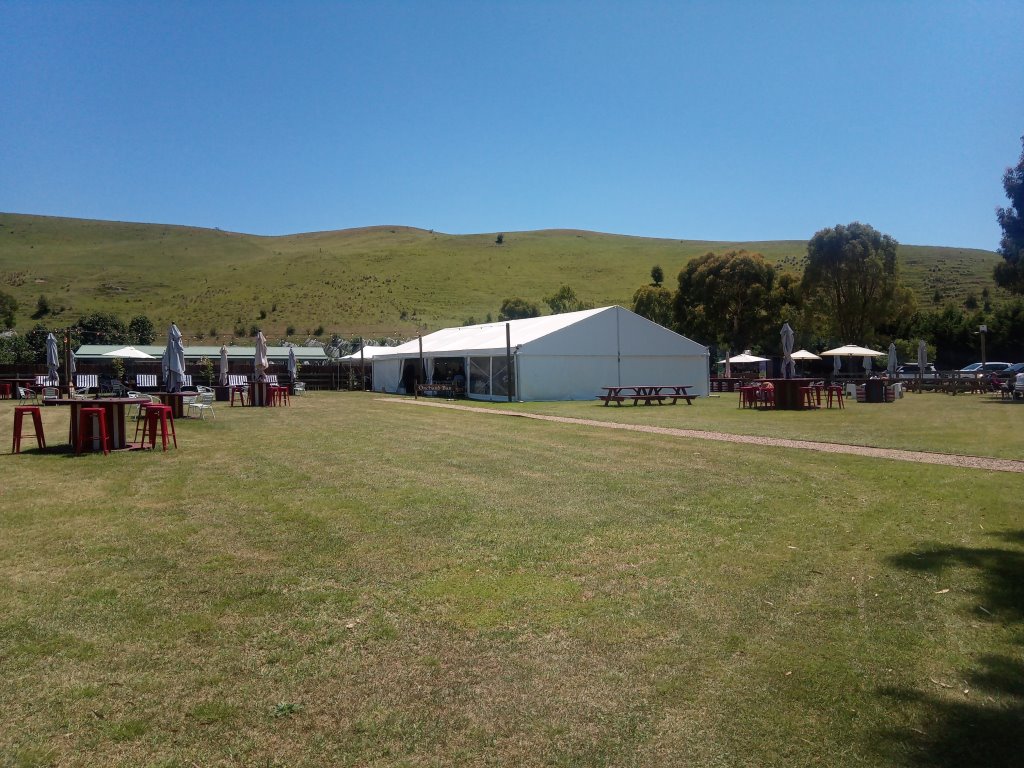
They’ve got an extensive (and very neat!) orchard off to the side of the buildings. It’s a lovely place to spend an hour, and like us, it’s both casual and good.
We’ve been putting some thoughts towards further reducing our expenditures lately. One of the ideas we’ve implemented already, is reducing the quantity of store bought soil mineral additives which are added into the coffee ground mix.
A café in Melbourne has supplied me with all of their coffee grounds and bean roasting husks for well over a decade. That’s a lot of coffee grounds. The grounds are a bit acidic though, so for many years I’ve been adding Calcium Carbonate and Blood and Bone meal to the mixture. The fruit trees love the stuff, but it’s an expensive combination. We’ve now decided to reduce the quantity of additives, and substitute in wood ash. We’ve got heaps of wood ash. And whilst it’s not as good a mixture for the fruit trees, it will be good enough.
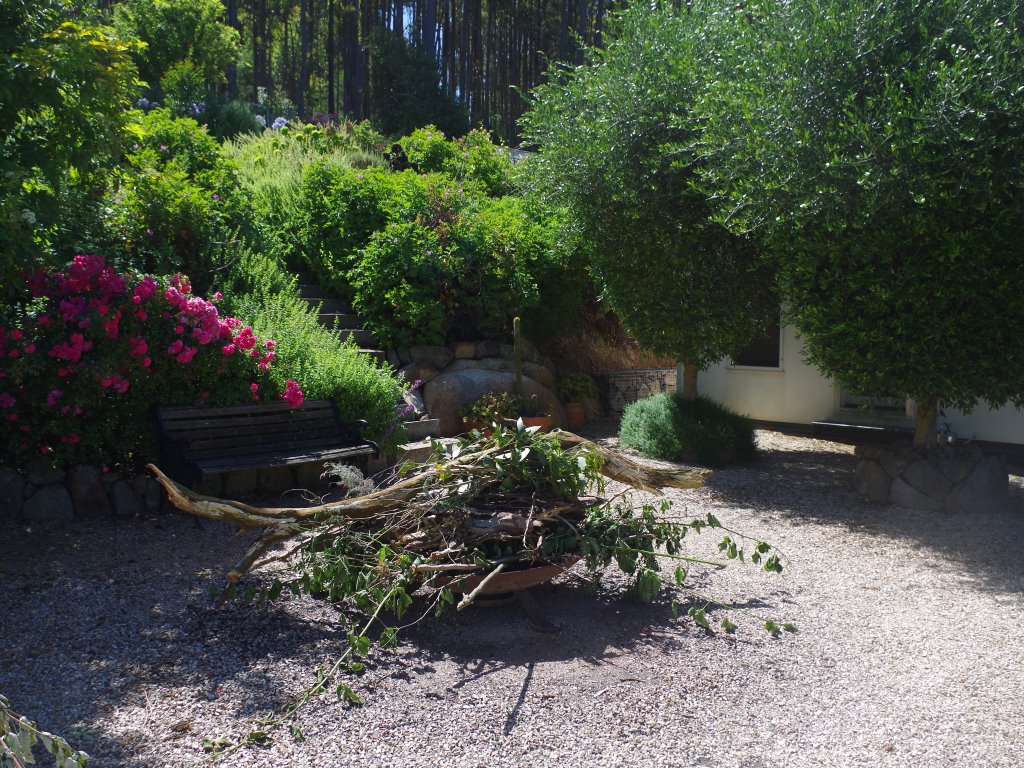
The surrounding tall trees drop branches all of the time. It’s unwise to leave them where they fall due to the fire risk, so we’re constantly collecting them and dumping them on the corten steel brazier. When enough material is collected and the conditions are just right, we burn it all off. And the wood ash gets fed to the fruit trees. Why not use what you’ve got?
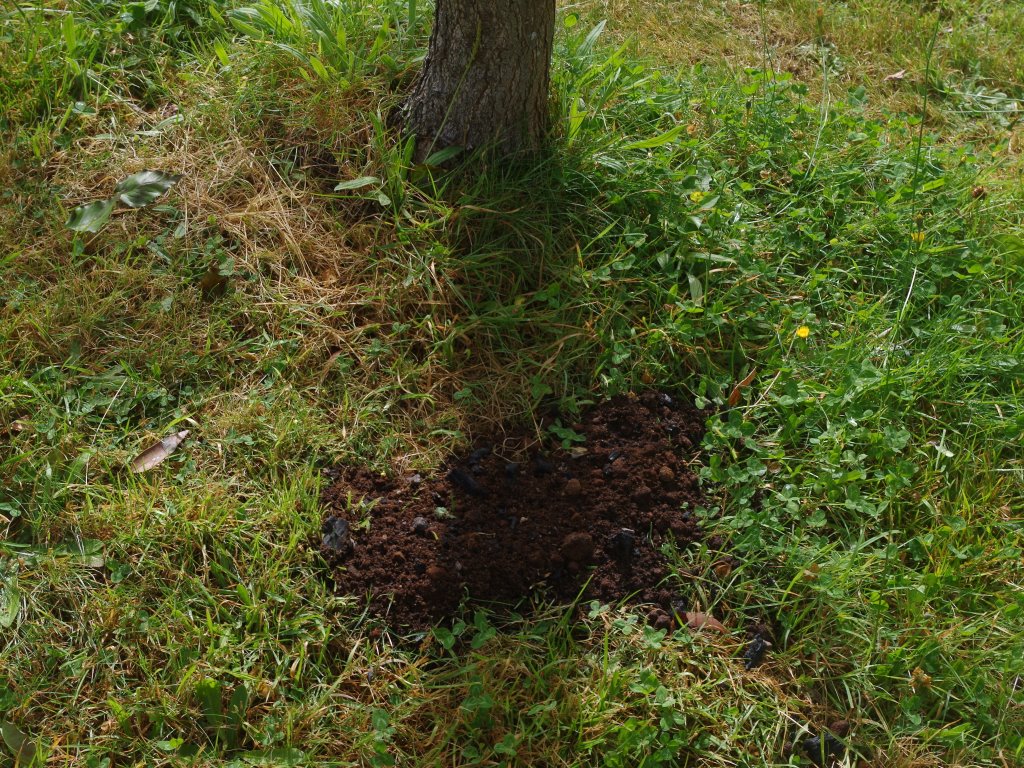
We recently used a whole bunch of leftover materials to construct a fence for a citrus and vegetable enclosure. The fruit trees in there had the grass cleared away from the trunks, and were fed a shovel each of the coffee ground mixture. Citrus trees in particular are heavy feeders. And feed is expensive.
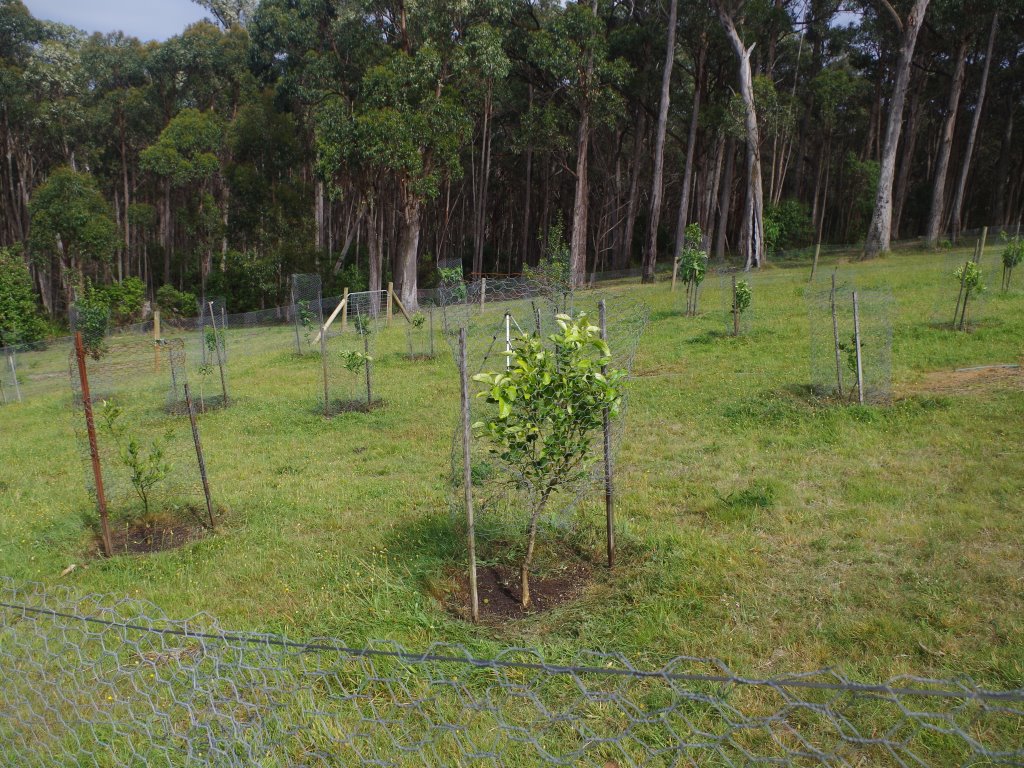
Rocks are a precious resource here. Any rock which can be moved is fair game! The usage for rocks varies with the size and weight of the things. Smaller and unusually shaped rocks get chucked into the steel rock gabion cages we make. A big rock scrounge took place this week, and another cage was filled. It is now ready to be sewn up (a job for another day).
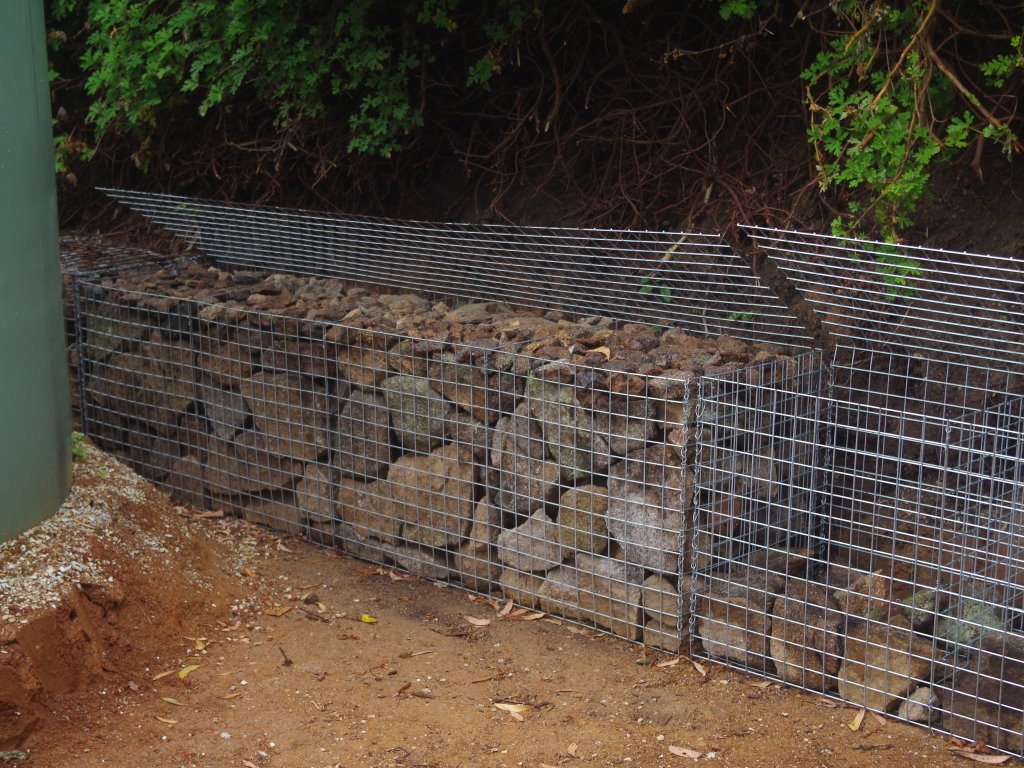
Mid sized rocks are surprisingly rare. They’re used in rock walls for the garden beds. A garden bed rock wall below the driveway was completed this week. Over the following year, the garden bed will be planted out more thickly.
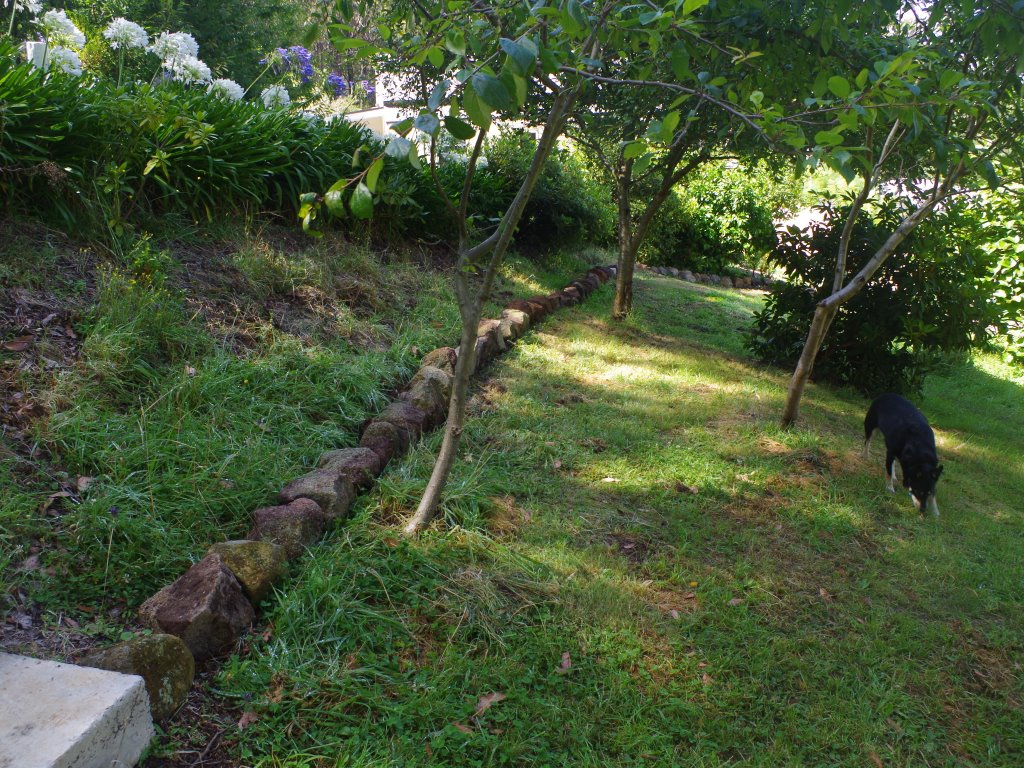
The largest rocks get used where we want to create flat land. They’re large and heavy enough to retain soil. And when you’re on the side of a hill, flat land is a precious commodity. Recently that work has meant the low gradient path project. And this week we began a new section of the path. This section leads towards and then beyond the (formerly) rat infested shed. The shed used to be the original chicken hen house, until we abandoned it and the rats took over. Dame Plum and I sorted out the rats, we’re now sorting out the path – and eventually the shed will be fixed too.
This is what it looked like prior to work commencing:
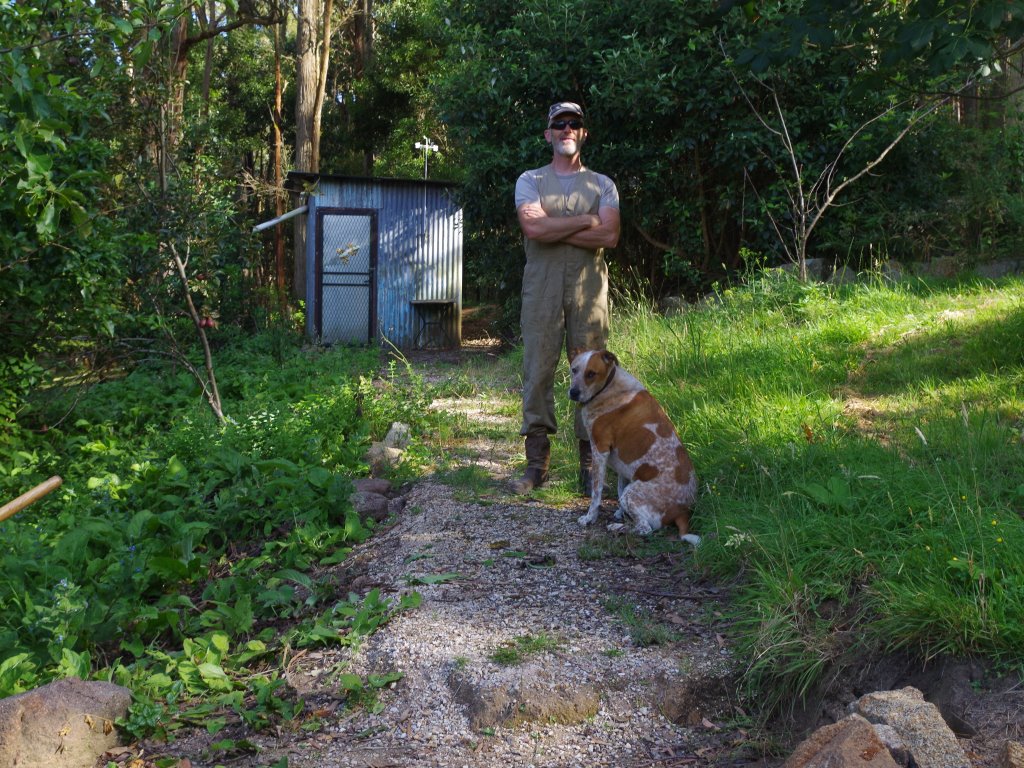
The new path is much wider, and the rocks lining it are biggerer.
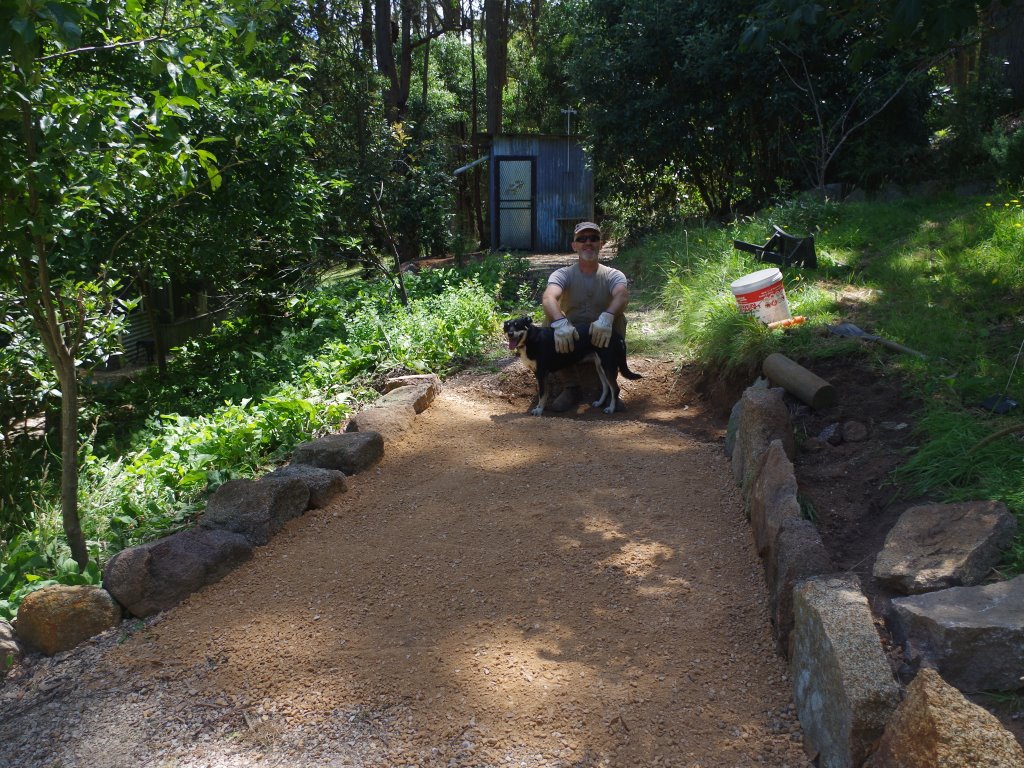
We always try stuff here, and by doing so, we discover what works, and what doesn’t. Planting strawberries in among the ten grape vines seemed like a good idea at the time. But for two years now, the strawberries have provided no berries. The soil is probably a bit too well fed for those berry plants, and so now all they want to do is produce strawberry runners. On the other hand, the grape vines are growing really well in the soil mix, whilst many of them are beginning to produce clusters of yummy looking grapes. Bye bye strawberries. Take that! They got mulched up, then fed them to the grape vines.
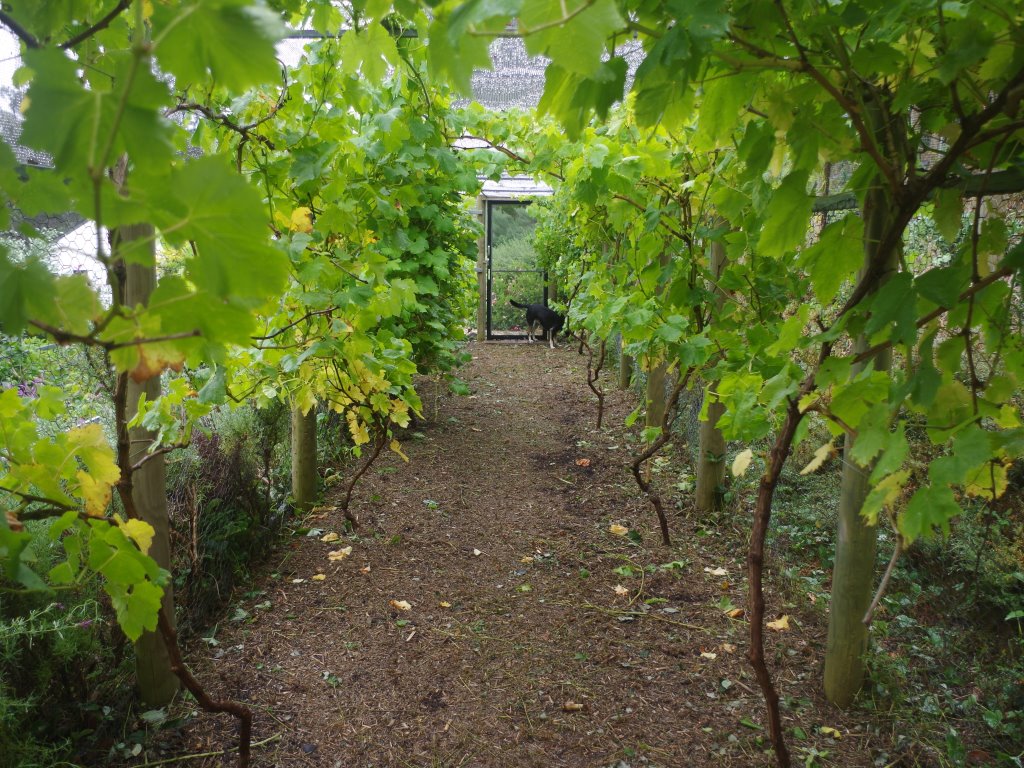
Despite the mostly cool and wet summer, some plants are producing very well, like the zucchini’s and small orange pumpkins. Both of which will keep well until early spring. The pumpkins are feral – there are just so many!

At this time of year we can eat a lot of food from the garden. And here is an example of some of the items we harvested and consumed from a few days ago:

For the technically inclined, the above photo includes: Globe Artichokes; Pink lady slipper Radish; Baby Zucchini; Alpine Strawberries; Eggs; Asparagus; Lazy Housewife Beans; Imperial Mandarins; and an unknown variety of heritage Cucumber.
We’re still enjoying the Babaco papaya which grows in the greenhouse, although we’re rapidly eating all of them! Pears are still on the trees, as are citrus, kiwi fruit and of course the late season Persimmon.
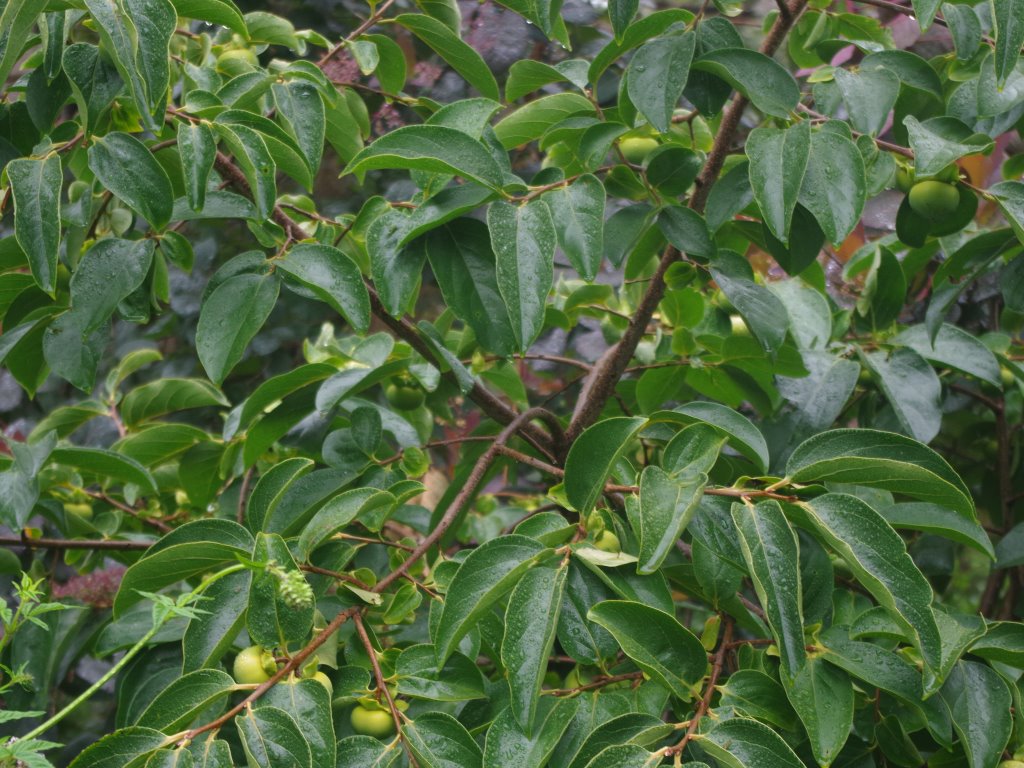
A very hardy crop are the Chilean Guavas. They’re both tasty and prolific, whilst also producing a really good hedge. You don’t see them for sale commercially because they take a lot of labour to pick.
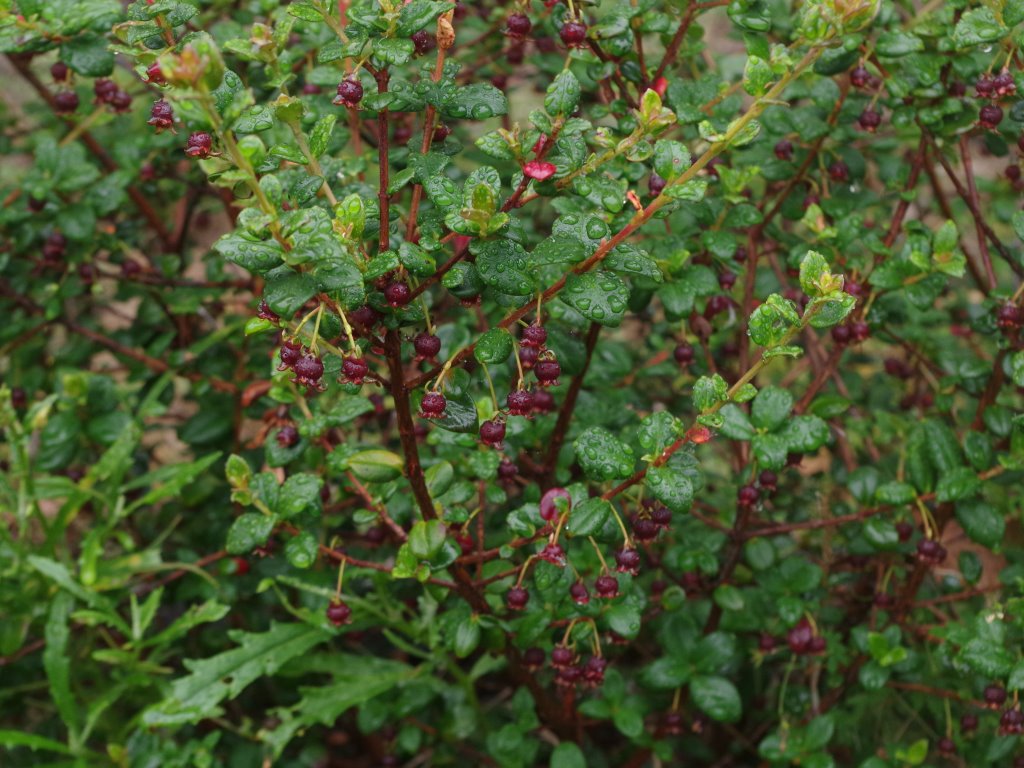
Onto the flowers:

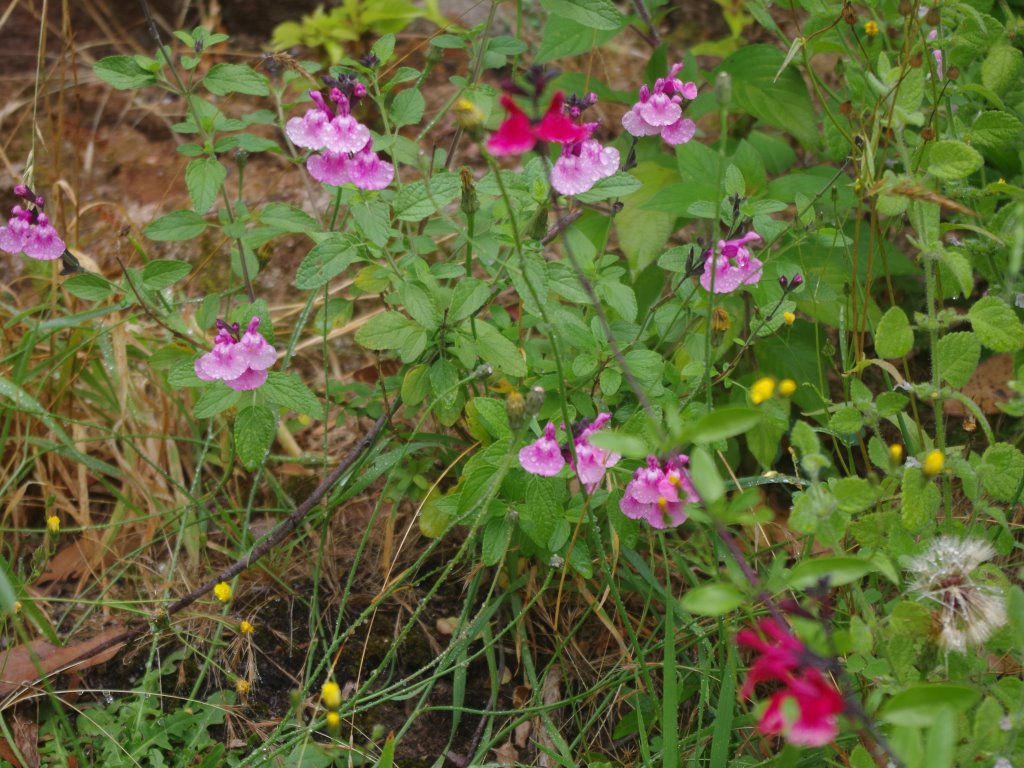
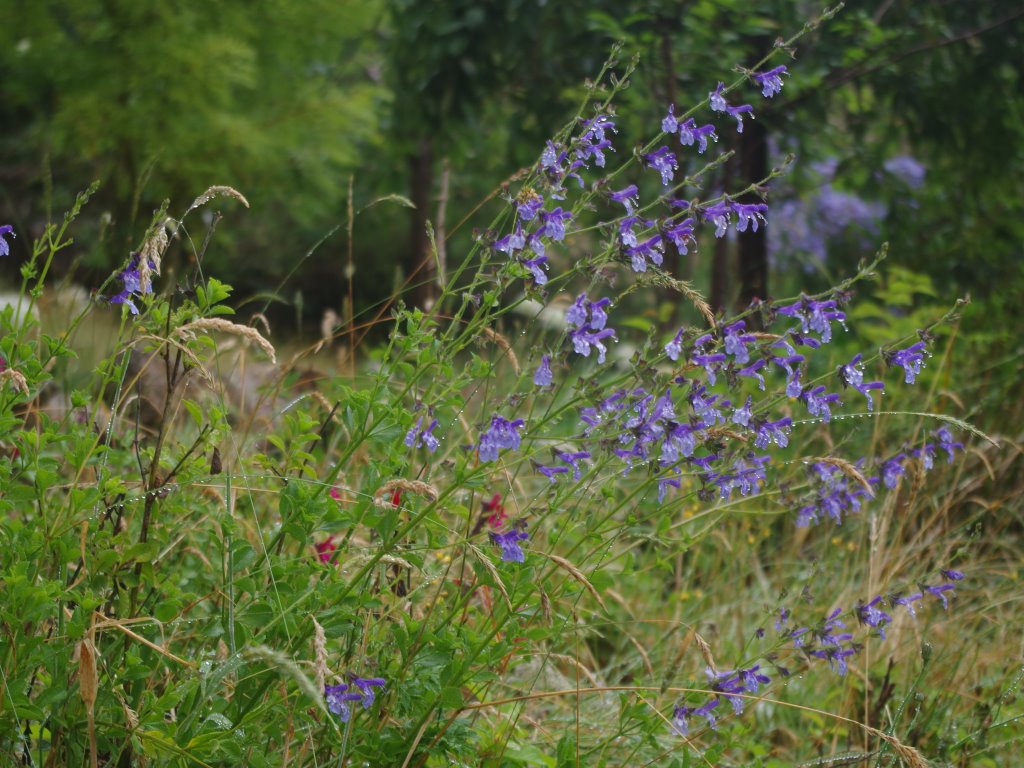

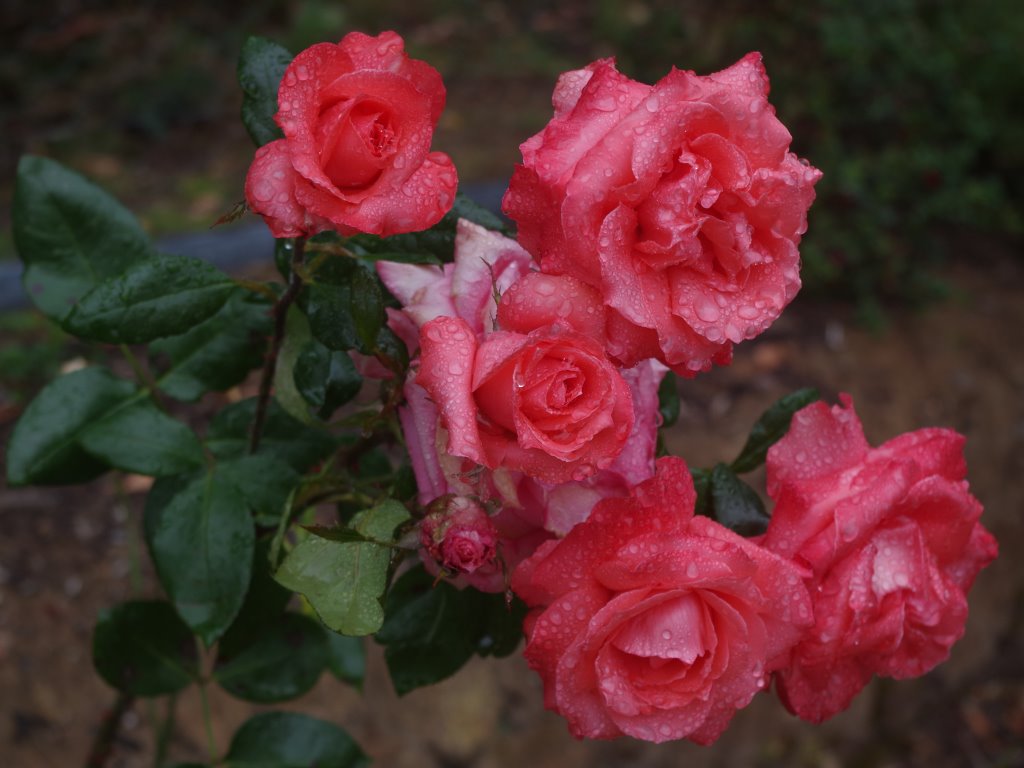
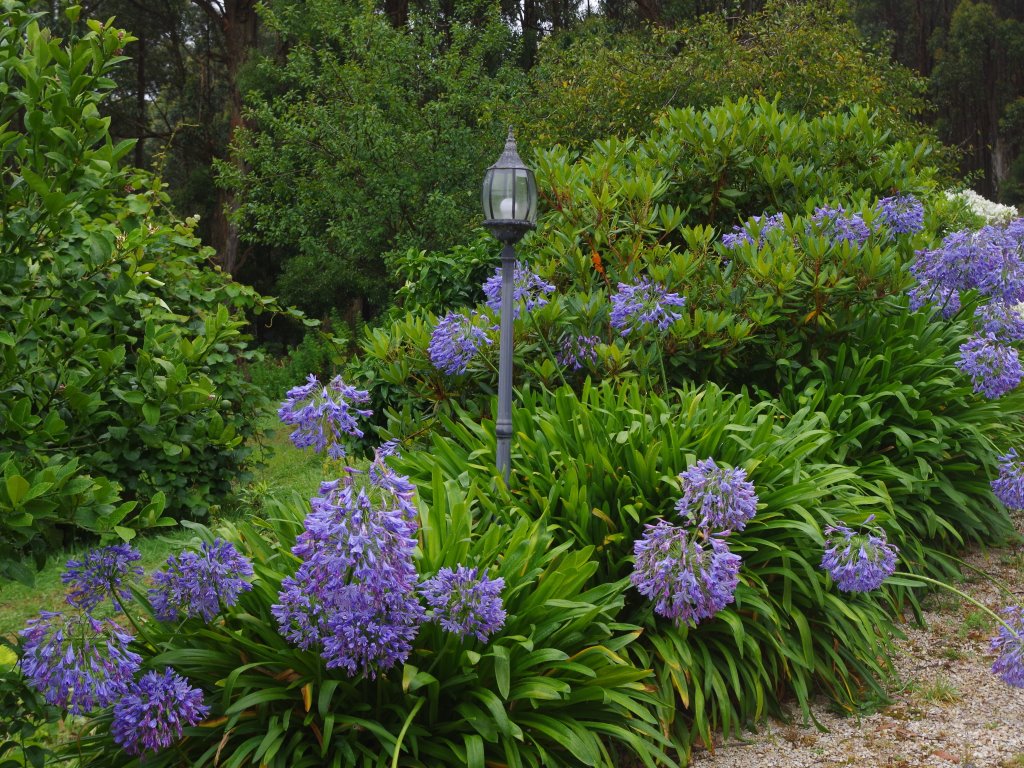
The temperature outside now at about 8am is 21’C (70’F). So far for last year there has been 196.0mm (7.7 inches) which is up from last weeks total of 193.0mm (7.6 inches)
